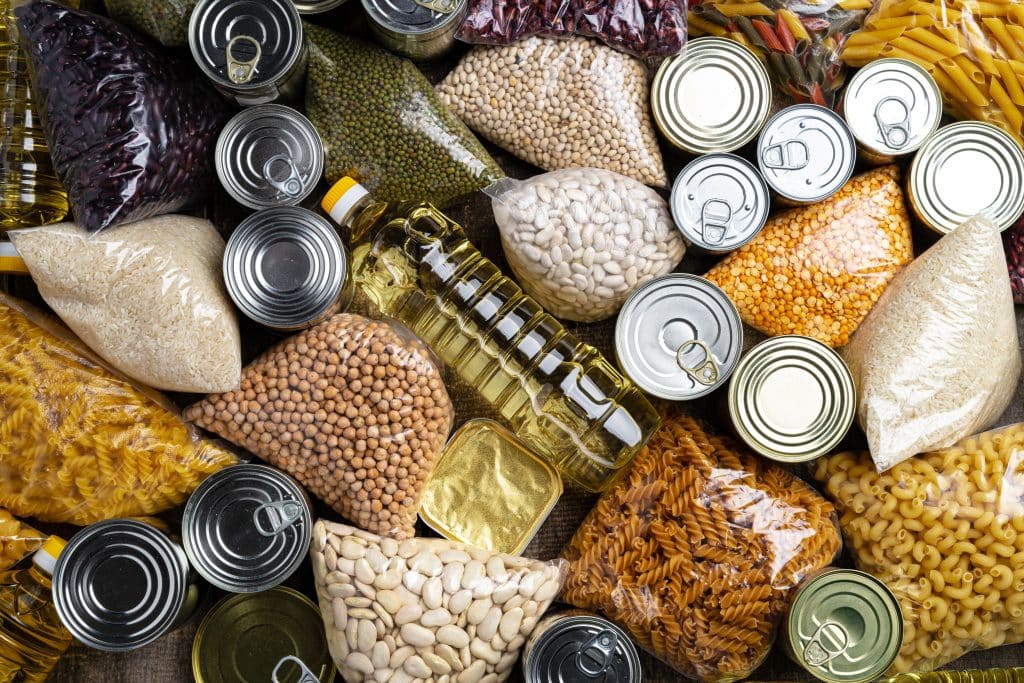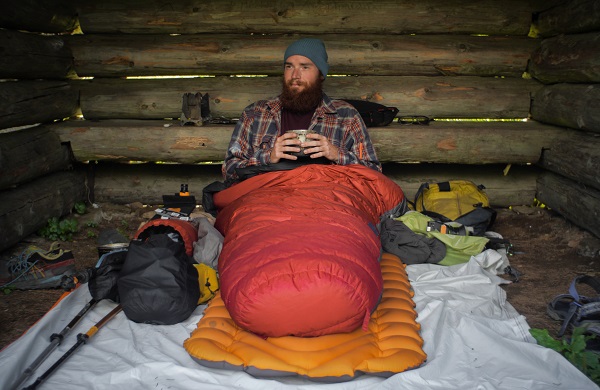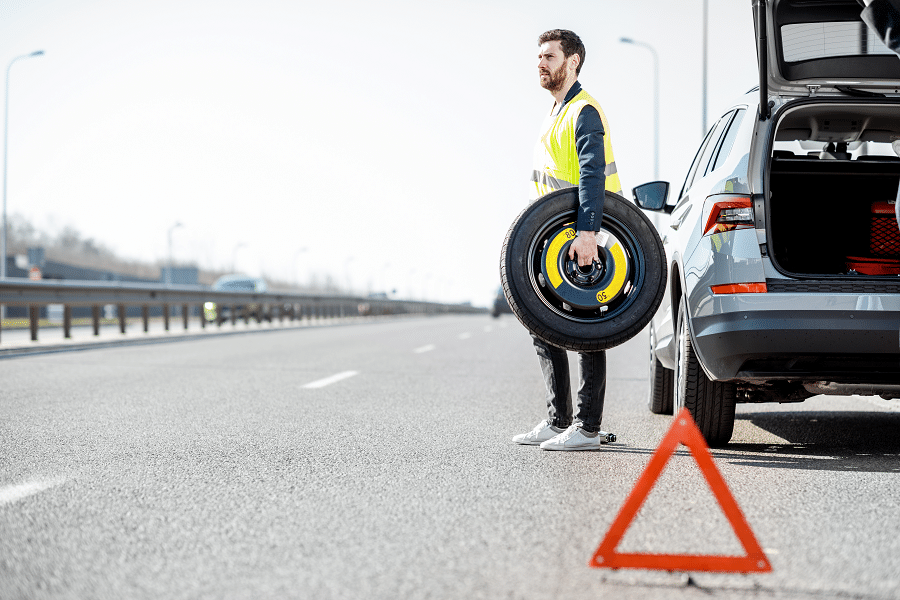Survival preparedness isn’t just for the outdoorsy or adventurous. In a world fraught with natural disasters and unexpected occurrences, it’s becoming increasingly important for everyone to have at least a basic understanding of survival principles. This blog post will equip you with the knowledge of the essential items you should have on hand to ensure your safety in potential survival scenarios.
These items range from appropriate clothing, food, and water purification tools to first aid kits, survival tools, communication devices, and much more. Understanding what to have and why can make the difference between life and death when caught in a survival situation. Now, let’s get started with the first item on this survival checklist.
Contents
Appropriate Clothing

The significance of appropriate clothing cannot be overstated in survival situations. Clothing serves not only to keep you comfortable but also to protect you from the elements. Dressing appropriately is about more than just comfort – it can prevent hypothermia, frostbite, heatstroke, and other weather-related ailments.
Select clothing materials that can insulate you in cold weather, wick sweat in hot weather, and dry quickly when wet. Synthetic materials such as polypropylene and materials like wool are perfect for this. Remember, cotton is best avoided in extreme conditions as it loses insulating properties when wet and takes a long time to dry.
Water Purification Tools

Water is vital for survival, and access to clean, potable water can be a lifeline in survival situations. The human body can only survive for about three days without water, and even less if you’re exerting yourself physically. However, it’s essential to ensure that your water is safe to drink and free from harmful bacteria, viruses, or other contaminants.
Water purification tools are therefore a non-negotiable item in your survival kit. Portable water filters, purification tablets, or even UV light pens are some options to consider. These can cleanse your water from harmful pathogens and make it safe to drink, thus preventing waterborne diseases.
Food And Nutrition

A well-stocked food supply is vital when bracing for an emergency. Hunger can weaken the body and mind, reducing your chances of survival. The key is to store food that is non-perishable, requires little to no cooking, and is high in nutritional value.
Canned goods, freeze-dried meals, and high-calorie energy bars are all suitable for this purpose. Equally important is knowing how to store your food properly. It should be kept in a cool, dry place, sealed to prevent the entry of pests and checked periodically for expiration dates.
First Aid Kit

Injuries, both major and minor, are often an inevitable part of survival scenarios. A comprehensive first aid kit can make a significant difference in managing such situations. It should include bandages, antiseptic wipes, tweezers, medical tape, painkillers, and any necessary personal medication.
But having a first aid kit isn’t enough; you also need to know how to use it. Familiarize yourself with the items in your kit and learn basic first aid procedures. This knowledge will empower you to act swiftly and effectively when medical emergencies occur.
Personal Hygiene Supplies

Maintaining personal hygiene might not be the first thing that comes to mind in survival situations, but it plays a crucial role in preventing infections and diseases. When regular facilities are not available, having basic hygiene supplies can go a long way towards maintaining your health.
Start with the basics like toilet paper, toothpaste, toothbrush, and soap. Wet wipes and hand sanitizers can be used for cleaning when water is scarce. Feminine hygiene products should also be included if applicable. Lastly, remember to include small garbage bags to dispose of waste properly, keeping your environment clean and reducing the chances of attracting unwanted animals or pests.
Survival Tools

When it comes to survival scenarios, certain tools can make a vast difference. Basic survival tools, such as a sturdy knife, fire-starting devices, multi-tools, and a durable rope, can assist in numerous tasks.
Knowing how to use these tools effectively is just as important as having them. A knife can help with hunting, preparing food, and protection, while fire-starting devices are crucial for warmth, cooking, and signaling for help. Multi-tools offer a range of functions, from cutting wires to opening cans, and ropes can aid in making shelters or climbing.
Shelter And Bedding
Shelter is a fundamental human need and serves as protection against the elements, wildlife, and can also provide a psychological boost by offering a sense of security. Having the tools and knowledge to build or find a shelter can make a significant difference in survival situations.
As for bedding, a good quality sleeping bag is worth investing in. It can keep you warm even in freezing temperatures and can be easily packed and transported. Other insulating materials like blankets and bivvy sacks can also be useful in keeping you warm and rested.
Finding your way out of an unfamiliar environment can be challenging. Accurate navigation can save you precious time and energy in survival situations. Basic navigation tools like a map and a compass should always be a part of your survival kit.
But beyond just having these tools, you should also understand how to use them. Learn basic map-reading skills and how to navigate using a compass. While GPS devices are handy, they rely on batteries and satellite connections, so don’t neglect the more traditional navigation tools that don’t require power or connectivity.
Communication Devices

In survival situations, communication is vital. Being able to reach out for help or to let others know you’re safe can significantly impact your chances of survival. Hence, it’s essential to have reliable communication devices on hand.
Cell phones are great, but in remote areas, they may be of limited use due to poor reception. Consider also having a satellite phone or two-way radio. These devices can work in areas where regular cell phone signals are unavailable and can be invaluable in reaching out for help or receiving vital updates during emergencies.
Conclusion
Being prepared for survival scenarios involves careful thought and planning. Each item on this list, from appropriate clothing and water purification tools to first aid kits, survival tools, and communication devices, is essential in its own way and contributes to enhancing your safety and survival chances. Remember, the goal isn’t just to survive but to do so with the least amount of discomfort and danger. Equip yourself with these items, familiarize yourself with their uses, and you’ll be well-prepared for whatever survival scenario you may face. Survival is, after all, less about the survival of the fittest and more about the survival of the most prepared.




